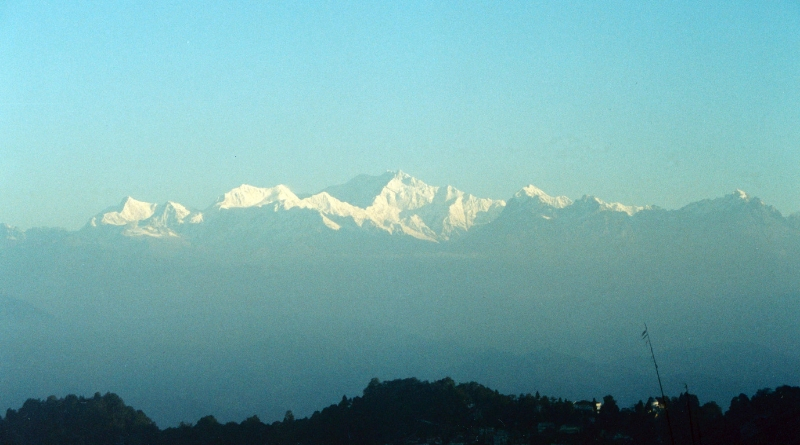

Trip to the east in 2000 : Down memory lane (Part 2)
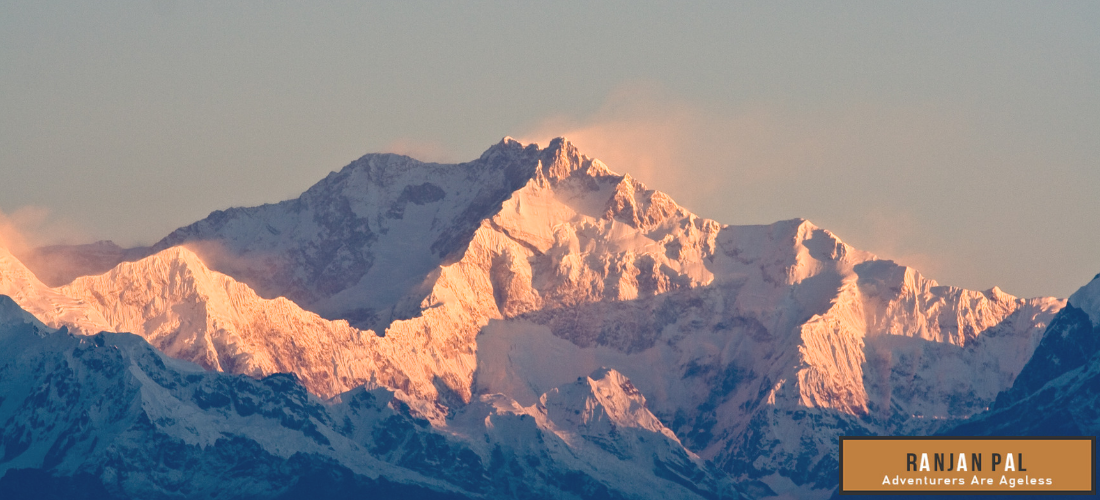

The drive up to Darjeeling (“the land of the thunderbolt”) from Bagdogra airport failed to evoke any memories, but as soon as we reached the outskirts of Ghoom, the glow of the setting sun on the Kanchenjunga massif as it soared above the evening clouds brought it all back. The Maruti van ground its way up the winding and narrow Jalpahar road to the Cedar Inn where we had booked rooms. We hadn’t managed to get rooms at the Windamere, which remains the address in town, since it was fully booked due to the Puja holidays. But the Cedar Inn, which nestles at the top of Jalpahar road right below St. Paul’s, proved to be a charming alternative. It comes with a fantastic view of Kanchenjunga, offers warm and courteous service, and has delightful and comfortable rooms. I woke up one morning just in time to see the mountains being tinged by the first light of dawn, and was immediately reminded of lying in my Dada and Dadi’s bed at Ajit Mansions, peering sleepily out from under the warm quilt and bedcovers.
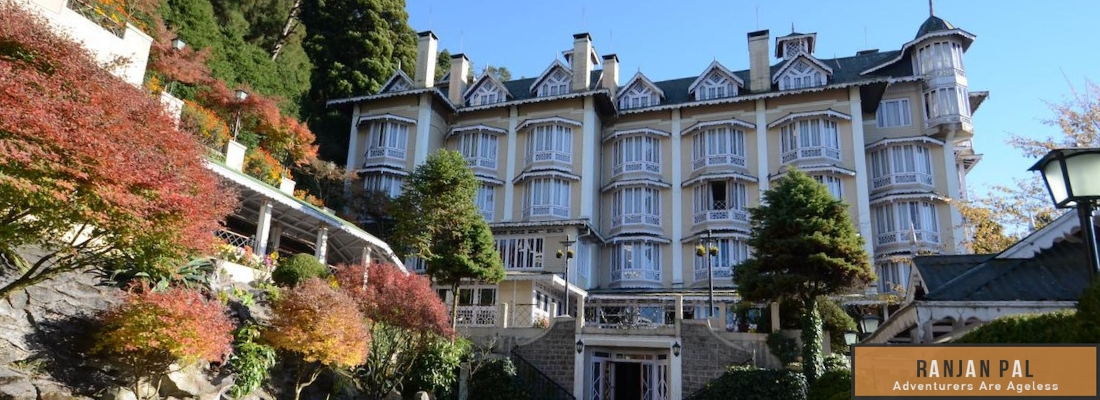

The next day, the Cedar Inn shuttle dropped us off just below the Chowrasta, the public space where everyone meets and we set off to explore the town. I rounded the bend in front of Das Studios, trembling with excitement, and there was my boyhood home— Ajit Mansions, its name outlined in bold letters so that it stood out from the same faded yellow walls. A few steps further brought me to the entrance to the building—and I experienced a crushing disappointment. The place had been turned into a budget tourist trap called the Pineridge Hotel, and the bored desk clerk had no interest in answering my fervent pleas for information about the building and its history.
We strolled past Habeeb Mullick, the famous antiques store and found the road leading to the Natural History Museum. The place did not look much frequented, even at the nominal entry price of Rs. 5/- per adult. We looked around for someone who might remember Dada and found a middle-aged Nepali gentleman, Mr. S. B. Rai, who had worked for my grandfather as a young lad. He even remembered Daddy and said that my father knew how to speak some Nepali. Mr. Rai recounted sadly how the Museum no longer had a curator nor an association of natural history enthusiasts to support it, and instead had been turned over to the government and was now a department with a director. We wandered around the hundreds of exhibits of flora and fauna which Dada had loved so much and had curated with much professional expertise. We found his name under quite a few of the specimens. Tarini and Mallika wrote their names with pride in the guest book, adding that they are the great-granddaughters of Niranjan Pal, Curator. I knew then that this long trip had been worthwhile.
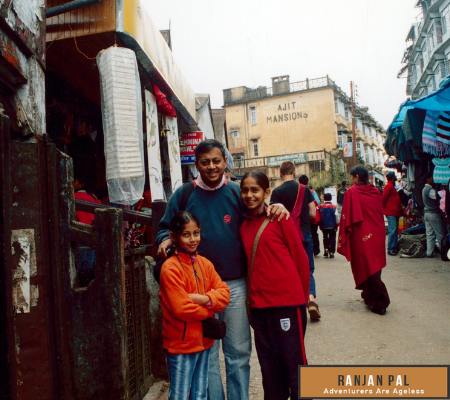

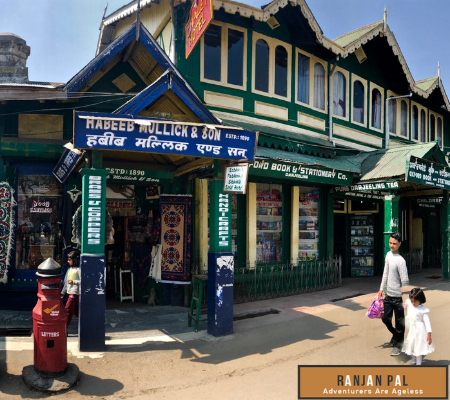

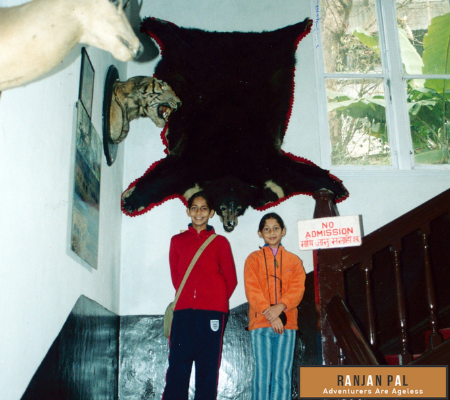

Lost dreams of my boyhood: Ajit Mansions, Habeeb Mullick and the Natural History Museum
The next stop was the Zoo and the Himalayan Mountaineering Institute. The former is relatively compact, with a small collection of pandas, squirrels, and big mountain cats. The latter was a real disappointment, with a few faded photos of Himalayan first ascents and mountaineers and some decrepit climbing equipment displayed in dusty cabinets. What enormous potential it has as a repository of the rich history of the legendary climbs by some of the most intrepid mountaineers of the greatest mountains on earth, and with none other than the legendary Tenzing Norgay as its former director. Sadly, there isn’t even a simple slideshow—let alone a multimedia presentation—to depict these achievements.
We clambered down the hill at the back of the Institute and found ourselves at the gates of North Point. But it was the school holidays and the obdurate Gurkha guard would not let us put even a foot inside the compound to take some photographs. Outside the gates hung a banner proclaiming “Fight Drugs in Schools Now”, a sad sign of things that had come to pass.
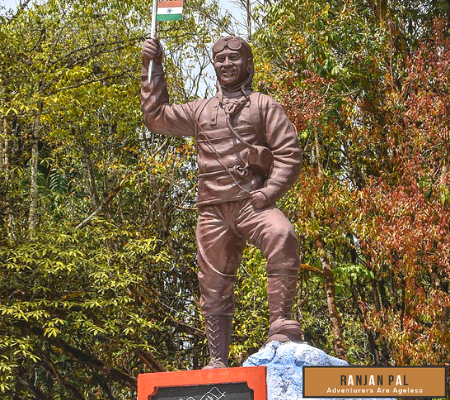

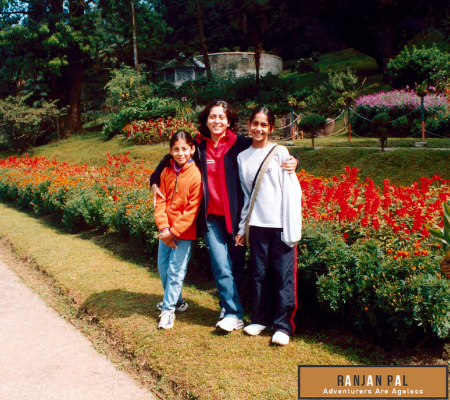

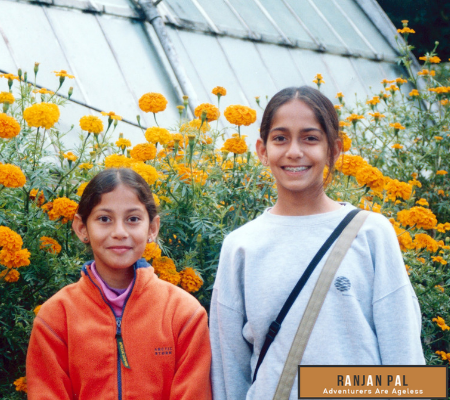

Statue of Tenzing at WHMI and the Botanical Gardens in full bloom
We took a taxi back to the bus stand and found our way to Glenary’s for a late lunch and to check our e-mail Stepping into Das Studio, we admired the myriad views of Kanchenjunga on display, and bought some postcards and photos. In another cross-generational encounter, I made friends with Mohan Pradhan, one of the two sons of the late Mr. S. N. Das, the original owner of the studio. He is an enterprising and loquacious fellow and now runs an adventure travel company in Australia, bringing tourists trekking to the Nepal Himalayas. Later in the evening, we walked around the Chowrasta, enjoying the festival air, watching children chasing balloons, and the crowds singing along with a band playing in a corner this popular gathering spot.
On our last day in Darjeeling, we got the shuttle to drop us at the bus stop and we wound our way down to the Botanical Gardens. It remains an oasis of calm and beauty amid the urban blight of Darjeeling, and we admired the orchids in the hothouse and the other herbaceous shrubs. The sun struggled out from behind the clouds, and we got some good photos of the family among the colourful flowers in the central greenhouse. Our final stop was at the Windamere where we looked up Mr. Tenduf, the son of the original proprietor; he has dropped the La at the end of his name. He is a very urbane and polished man whose looks belie his true age. He was the perfect host, offering us drinks and posing for photos on the terrace. He had studied at North Point, but could not really remember the Pal family, although he made a graceful attempt at covering up.
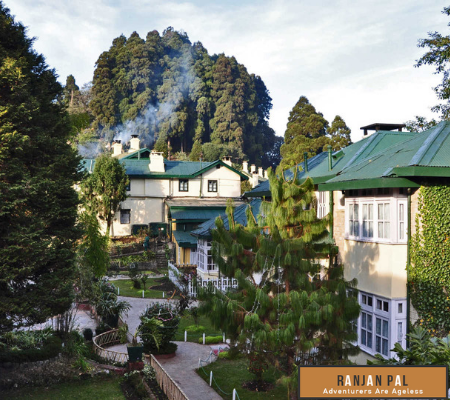

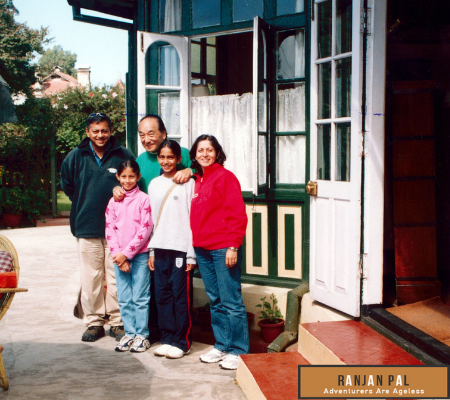

Visiting Mr. Tenduf the current owner of the famous Windamere Hotel
Finally, it was back to the Cedar Inn and then onto the Sumo, which was to take us to Sikkim. I was glad that the family had made the trip to Calcutta and Darjeeling. It went a long way in making the girls understand and appreciate their paternal heritage more clearly. And it was certainly an emotional experience for me to visit a place that holds many the remembrances of my beloved Dada and Dadi. So much has changed, and only the mountains and the memories remain the same.
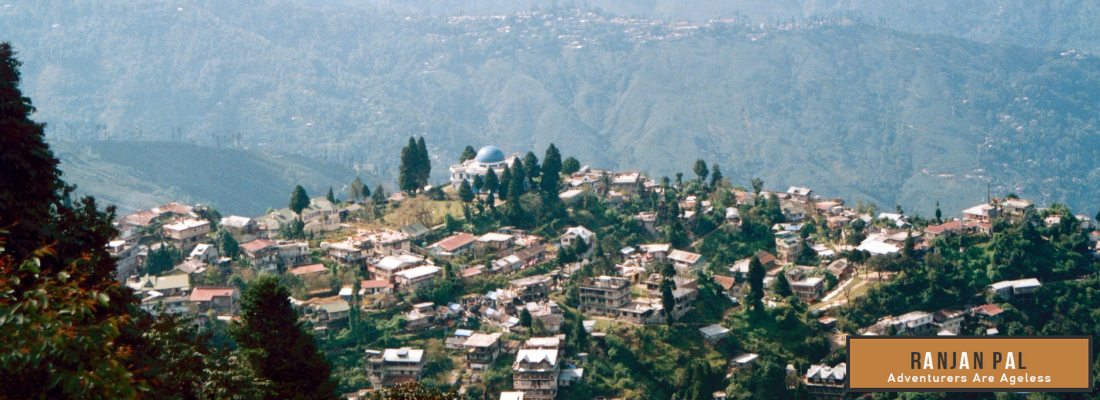

![]()
![]()

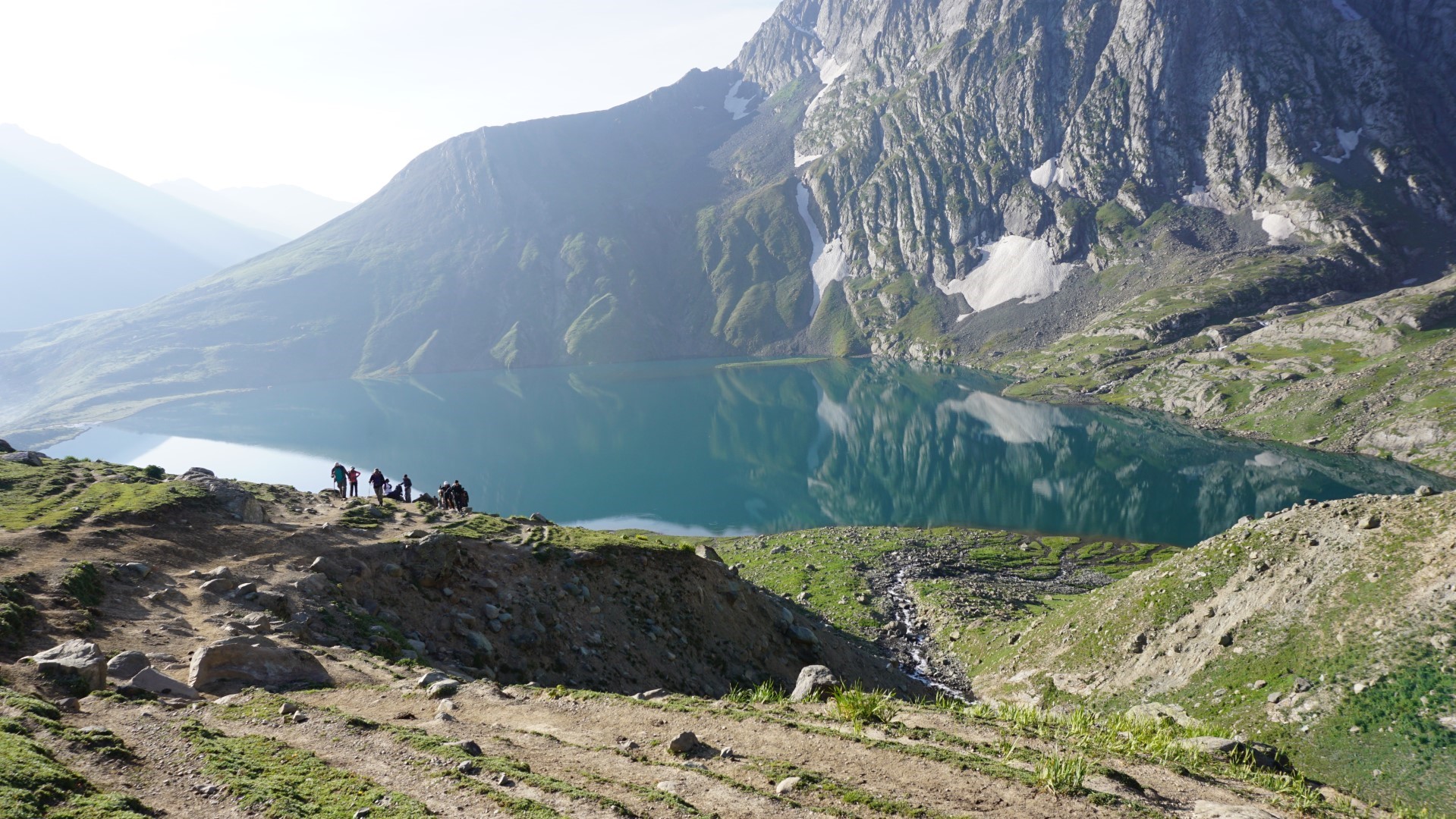
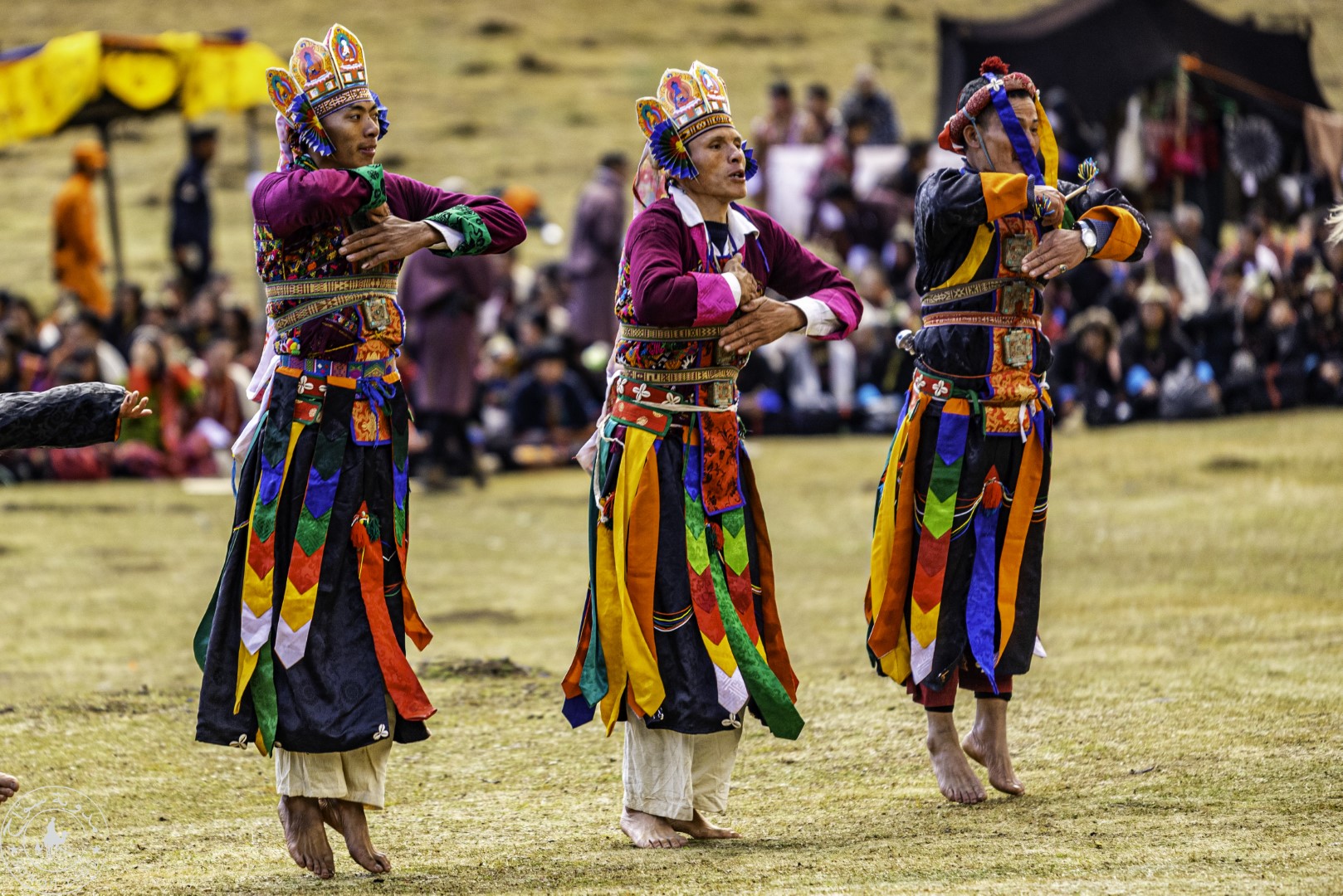
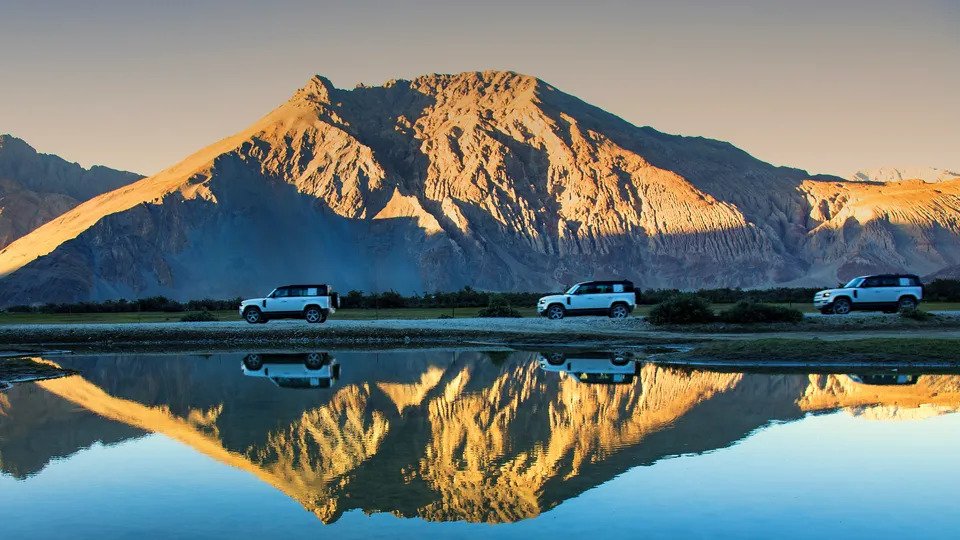
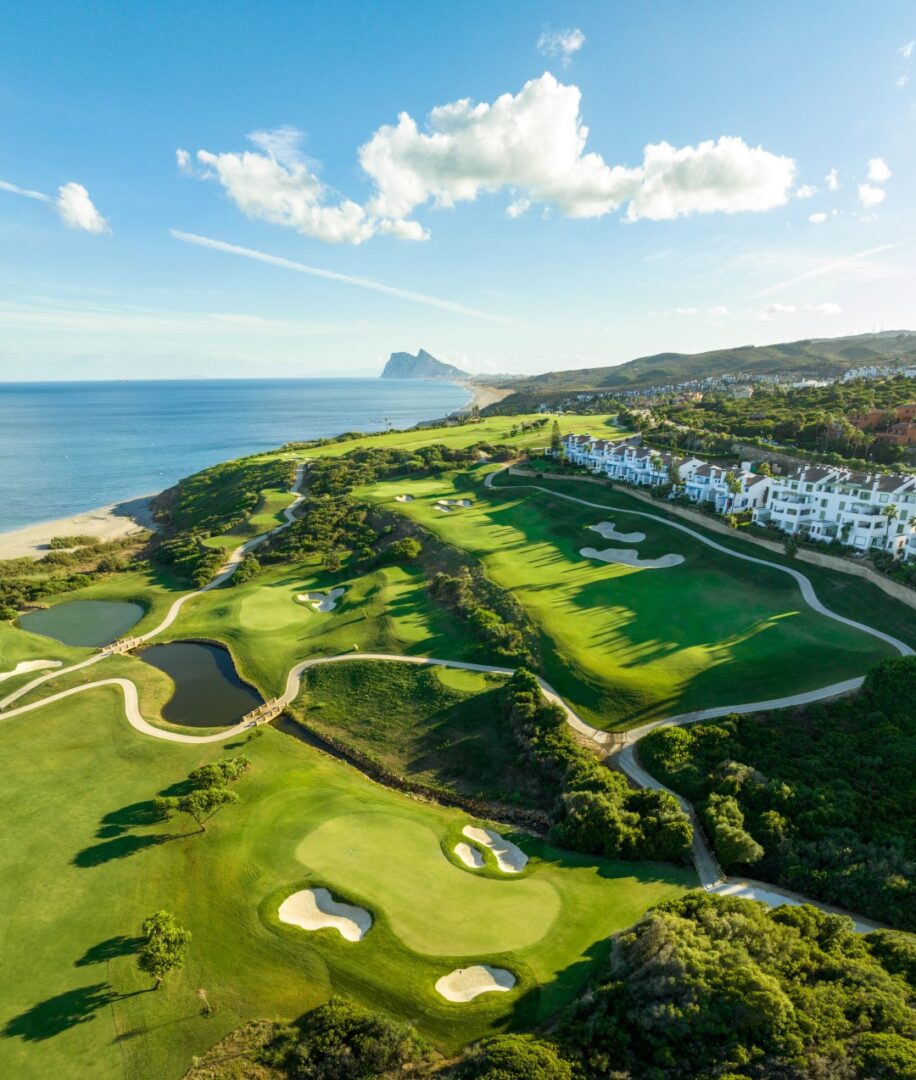
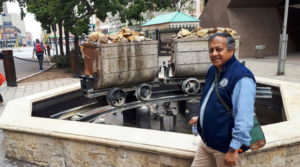
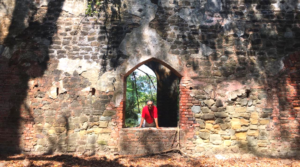
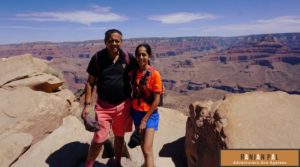
I knew sashish Prasad da of Ajit mansions as a fellow North pointer and an awesome person. I wonder if you are related to him.
And by the way, I am enjoying your blogs. Thanks to Darjeeling chronicles for introducing you to us.
As my Rakhi sisters Shahnaz n Shaista continuously say that “he/she can be taken out of Darjeeling but Darjeeling can’t be taken out of him/her”.
Pahaday Salaam cha hajur lai
Sorry for the delay in replying. No I am afraid I do not know Sashish Prasad. The last time I actually lived there was in the 60’s when my grandparents had retired there so a very long time ago !! But yes I will always carry Darjeeling in my heart 🙂 Thank you so much for reading my blogs and look forward to more comments in future. Have a great day !